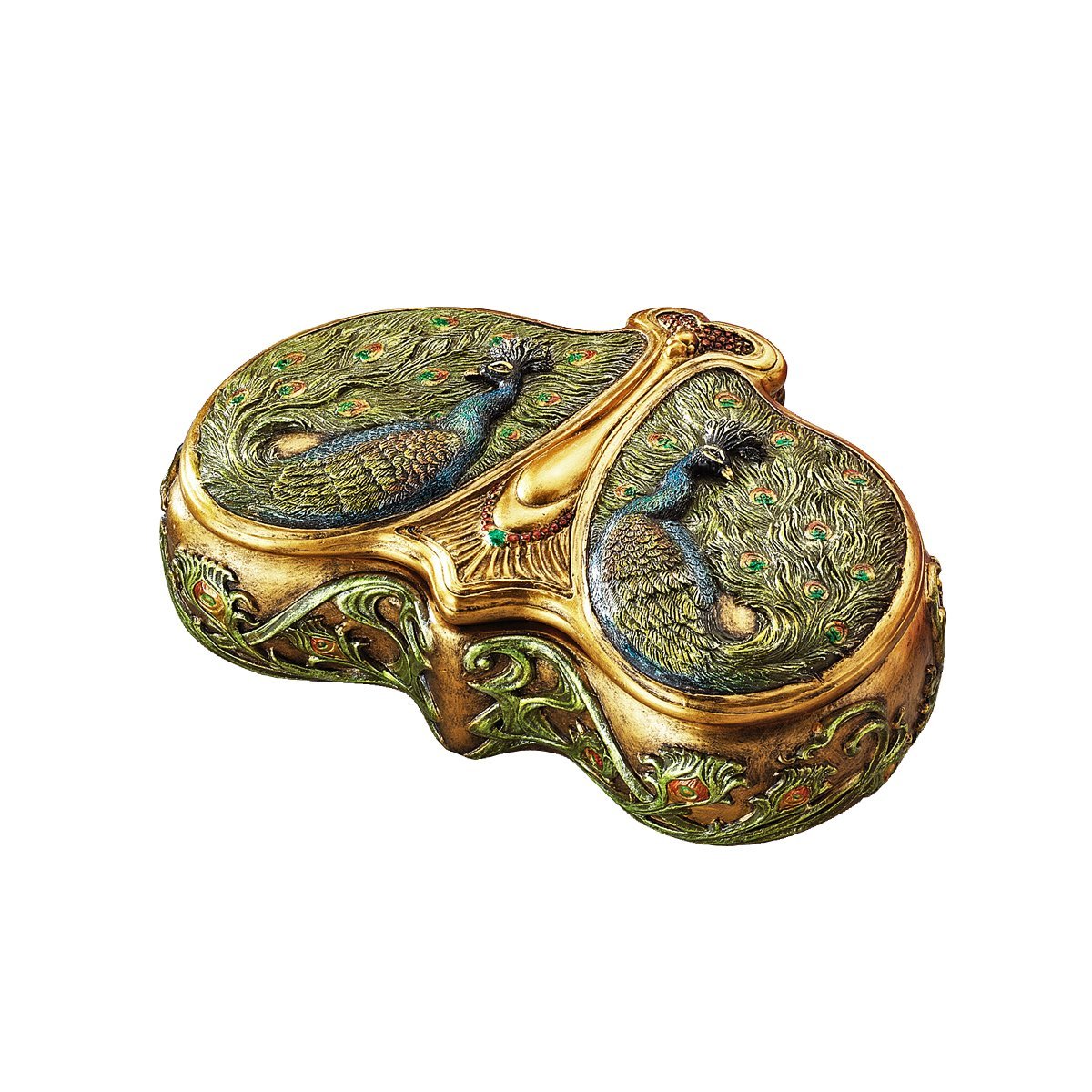Temari Ball Yarn
 Temari (手まり) balls are a folk craft that originated in China and was introduced to Japan around the 7th century A.D. "Temari" means "hand ball" in Japanese. Historically, temari were constructed from the remnants of old kimonos. Pieces of silk fabric would be wadded up to form a ball, and then the wad would be wrapped with strips of fabric. As time passed, traditional temari became an art, with the functional stitching becoming more decorative and detailed, until the balls displayed intricate embroidery. Temari became an art and craft of the Japanese upper class and aristocracy, and noble women competed in creating increasingly beautiful and intricate objects.
Temari (手まり) balls are a folk craft that originated in China and was introduced to Japan around the 7th century A.D. "Temari" means "hand ball" in Japanese. Historically, temari were constructed from the remnants of old kimonos. Pieces of silk fabric would be wadded up to form a ball, and then the wad would be wrapped with strips of fabric. As time passed, traditional temari became an art, with the functional stitching becoming more decorative and detailed, until the balls displayed intricate embroidery. Temari became an art and craft of the Japanese upper class and aristocracy, and noble women competed in creating increasingly beautiful and intricate objects.
It is part of our Modern Languages Departmental Collection, and can currently be found displayed in Cheney School's main reception.
 The Daruma doll (達磨) is a hollow, round, traditional Japanese doll modeled after Bodhidharma, the founder of the Zen sect of Buddhism. These dolls are typically red and depicting a bearded man (Dharma), but colour and design depend on the region and the artist. Daruma has a design that is richly symbolic and is regarded as a talisman of good luck to the Japanese. Daruma dolls are seen as a symbol of perseverance and good luck, making them a popular gift of encouragement. When purchased, the eyes are white so a person can decide on a goal or wish and paint one eye in. Once the goal is achieved, the second eye is filled in.
The Daruma doll (達磨) is a hollow, round, traditional Japanese doll modeled after Bodhidharma, the founder of the Zen sect of Buddhism. These dolls are typically red and depicting a bearded man (Dharma), but colour and design depend on the region and the artist. Daruma has a design that is richly symbolic and is regarded as a talisman of good luck to the Japanese. Daruma dolls are seen as a symbol of perseverance and good luck, making them a popular gift of encouragement. When purchased, the eyes are white so a person can decide on a goal or wish and paint one eye in. Once the goal is achieved, the second eye is filled in. Sakura is the Japanese word for cherry blossom, which blooms across Japan between March and May each year. During cherry blossom season, people head out into local parks and gardens for a "hanami" (flower-viewing). During this period, public places take on a party-like atmosphere.
Sakura is the Japanese word for cherry blossom, which blooms across Japan between March and May each year. During cherry blossom season, people head out into local parks and gardens for a "hanami" (flower-viewing). During this period, public places take on a party-like atmosphere. 
 This set of Russian nesting dolls belongs to our Modern Foreign Languages Department collection.
This set of Russian nesting dolls belongs to our Modern Foreign Languages Department collection.